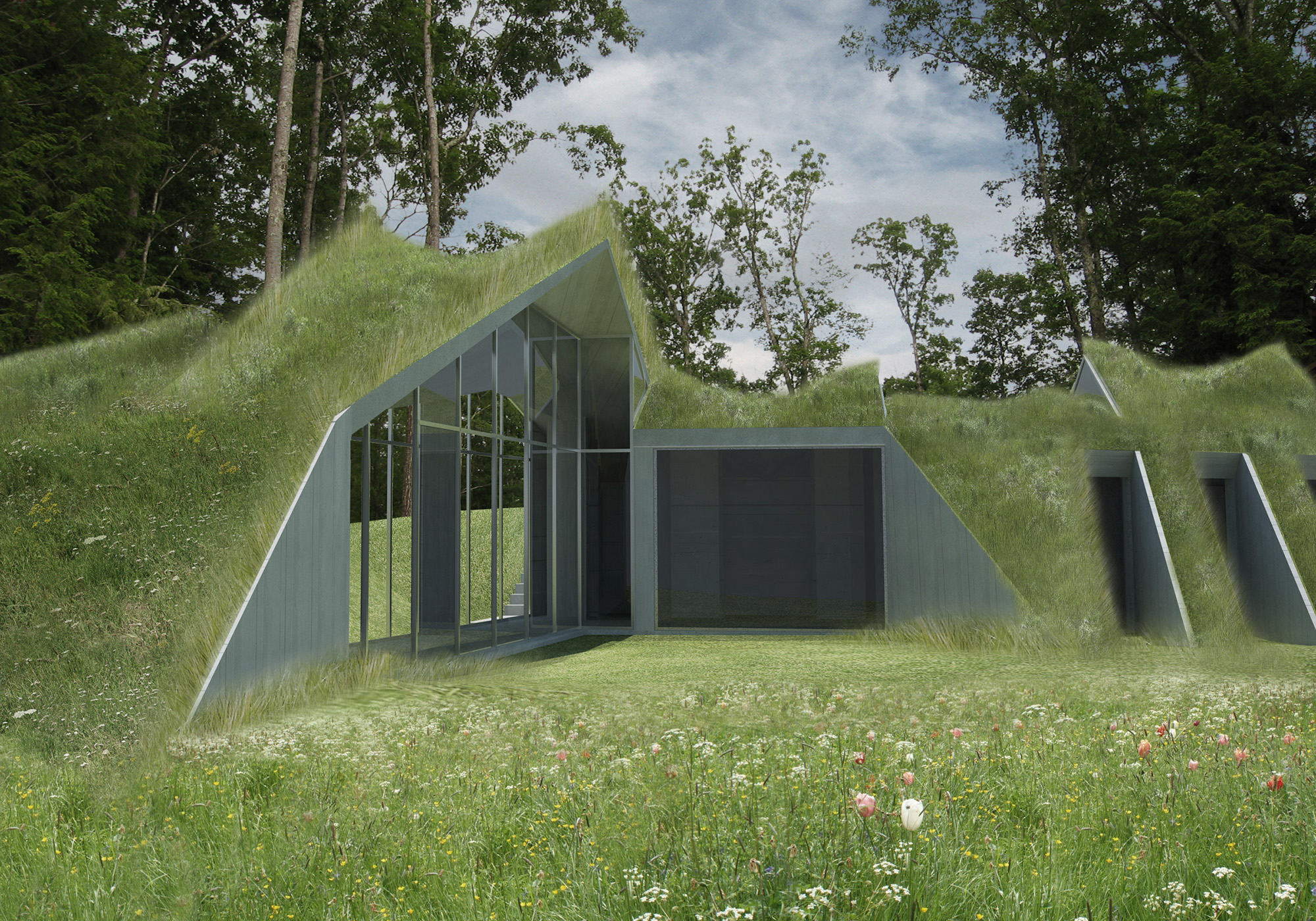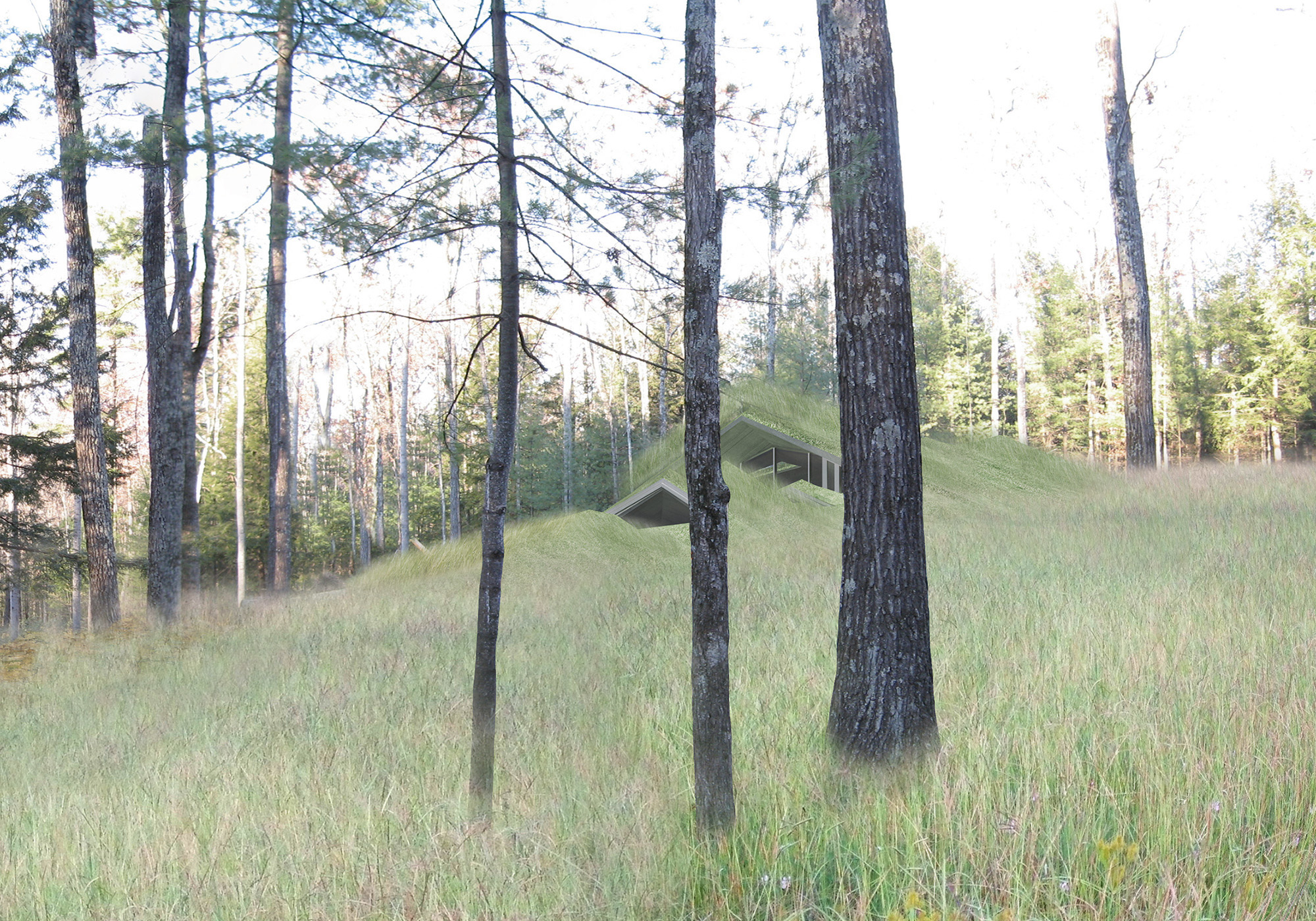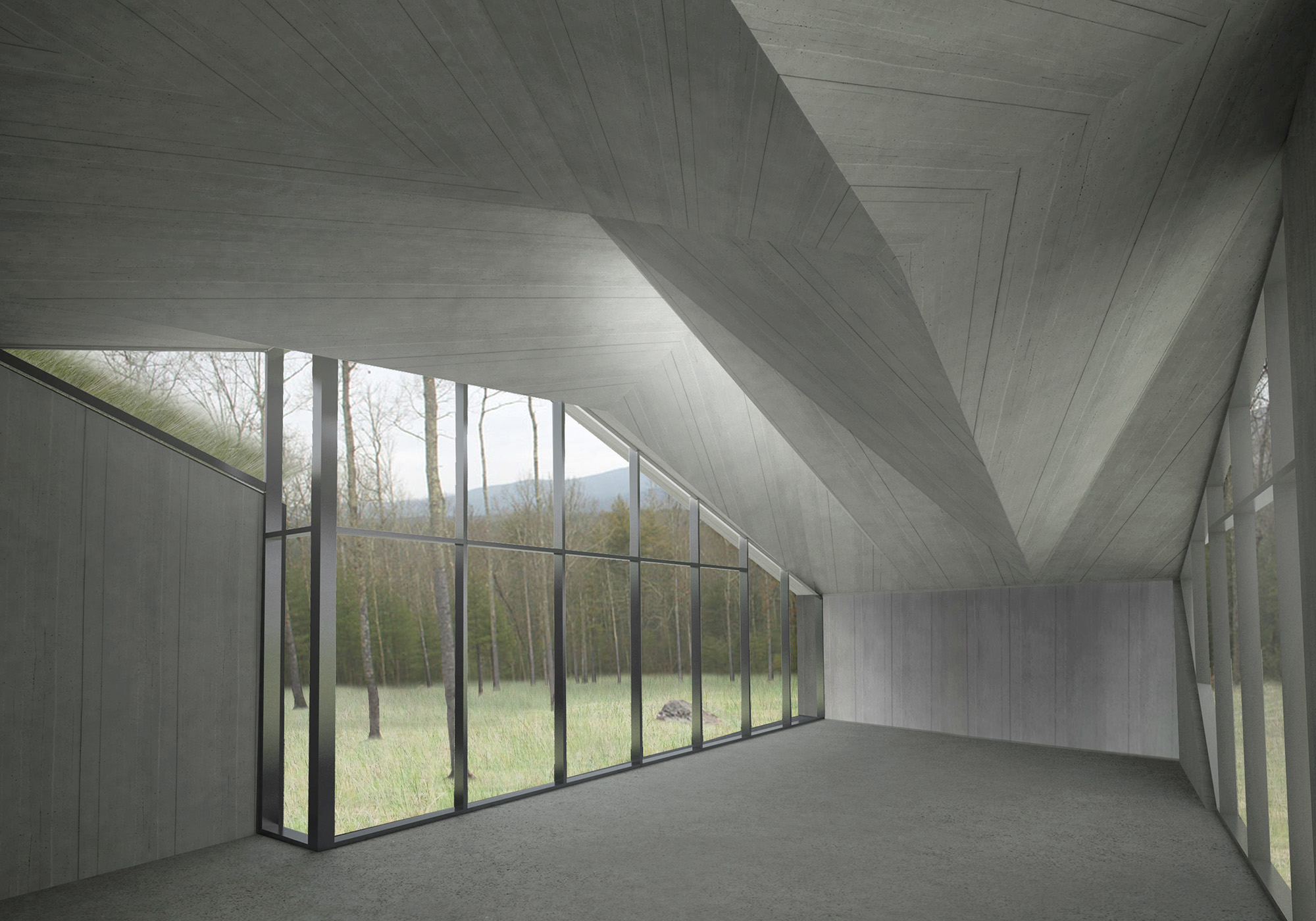





Simmel's essay The Ruin singles out architecture as unique among the arts in its ability to establish a kind of coherent tension with nature, whereby buildings are seen as temporary embodiments of a precarious balance between man's upward reaching spirit and the erosive, brutishly downward pull of nature. Buildings are constantly subject to nature's destructive processes, their rigid existence but a momentary pose in a perpetual flow of churning matter. The coherent unity of the edifice whose form exhibits the vitality of the opposing tendencies of man and nature eventually corrodes, as nature exerts her claim on that which is rightfully hers. With its first crack the monument begins its tilt towards ruination and ultimate subsumation back into the formlessness from which it arose. A formlessness which Simmel argues is latent in all architecture
In this context architecture can be understood as transitory, a stage in a larger lifecycle beginning with its entelechy in the human spirit and ending in its final dismemberment, rendered as obscure rubble. Architecture as such is but a poised stance willed into existence by man, teetering on the edge of collapse. In establishing a lifecycle schema he hints at a natural wholeness or completeness of which architecture is but a stage. This temporal framework induces questions: when exactly does a building enter the state of ruination? Is abandonment necessarily the initiation of ruin? When does a ruin cease to be a ruin?
Nature corrodes the artifacts of material history, yet history persists in our memories. For Walter Benjamin it is a diminished history, he writes: "In the process of decay the events of history shrivel up and become absorbed in the setting", for Simmel the ruin continues to reverberate with its past life, constituting an immediately perceived presence. This would be more in line with Piranesian conception of the ruin as mechanisms for remembering and imagining, activators of imagination. Ruins inspire a kind of "psychic wholeness" which blurs any distinction between perception and thought. The ruin allows us to glimpse "that depth where human purposiveness and the working of non-conscious natural forces grow from their common root." The ruin is emblematic of the evanescent effulgence of human civilization, from which history can be deciphered as a process of inexorable collapse.
Location: Olive, New York
Date: ongoing
Project Team:
Principals: Ostap Rudakevych, Masayuki Sono
Structural Engineer: Ivan David Engineers & Associates
